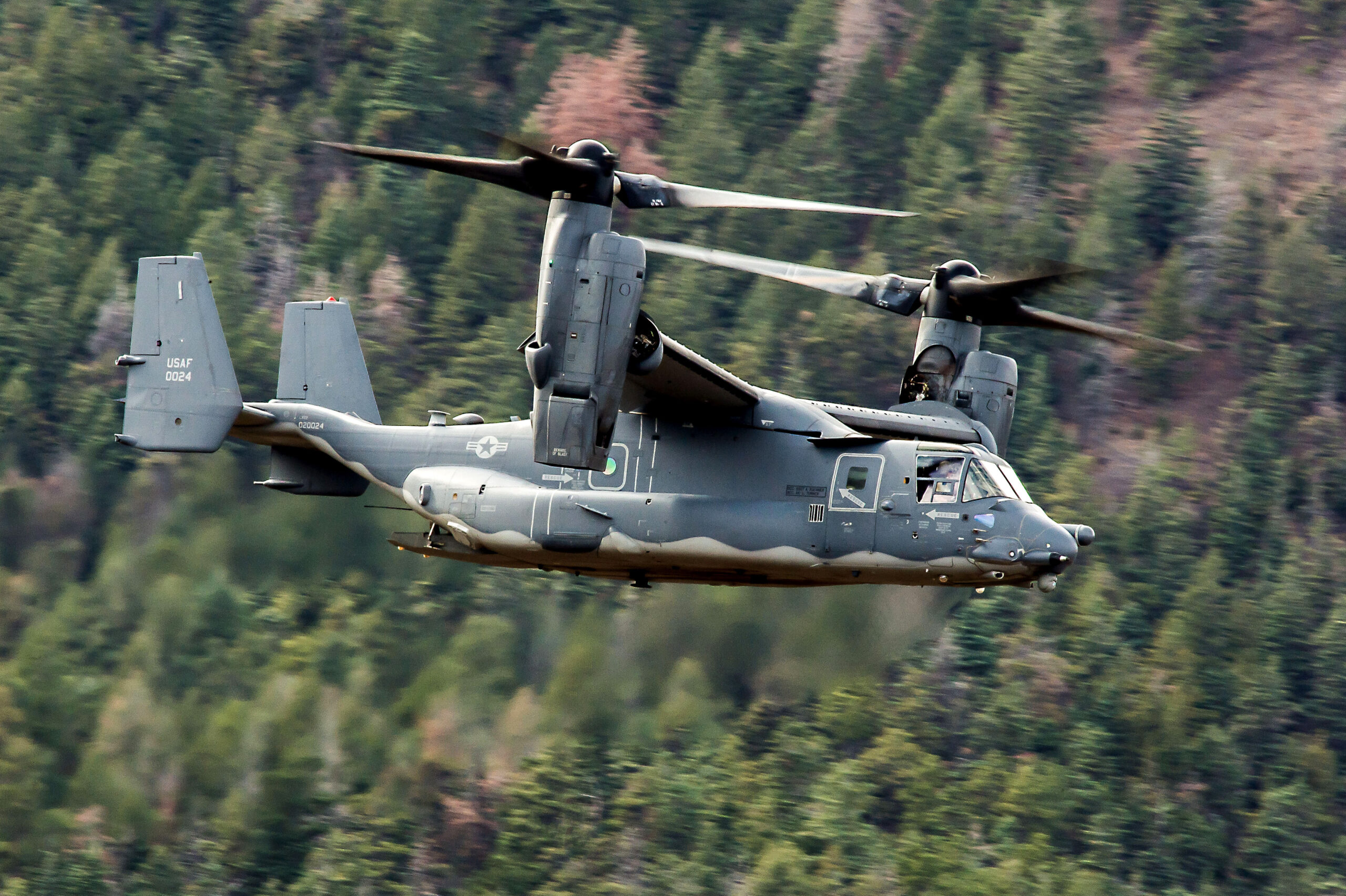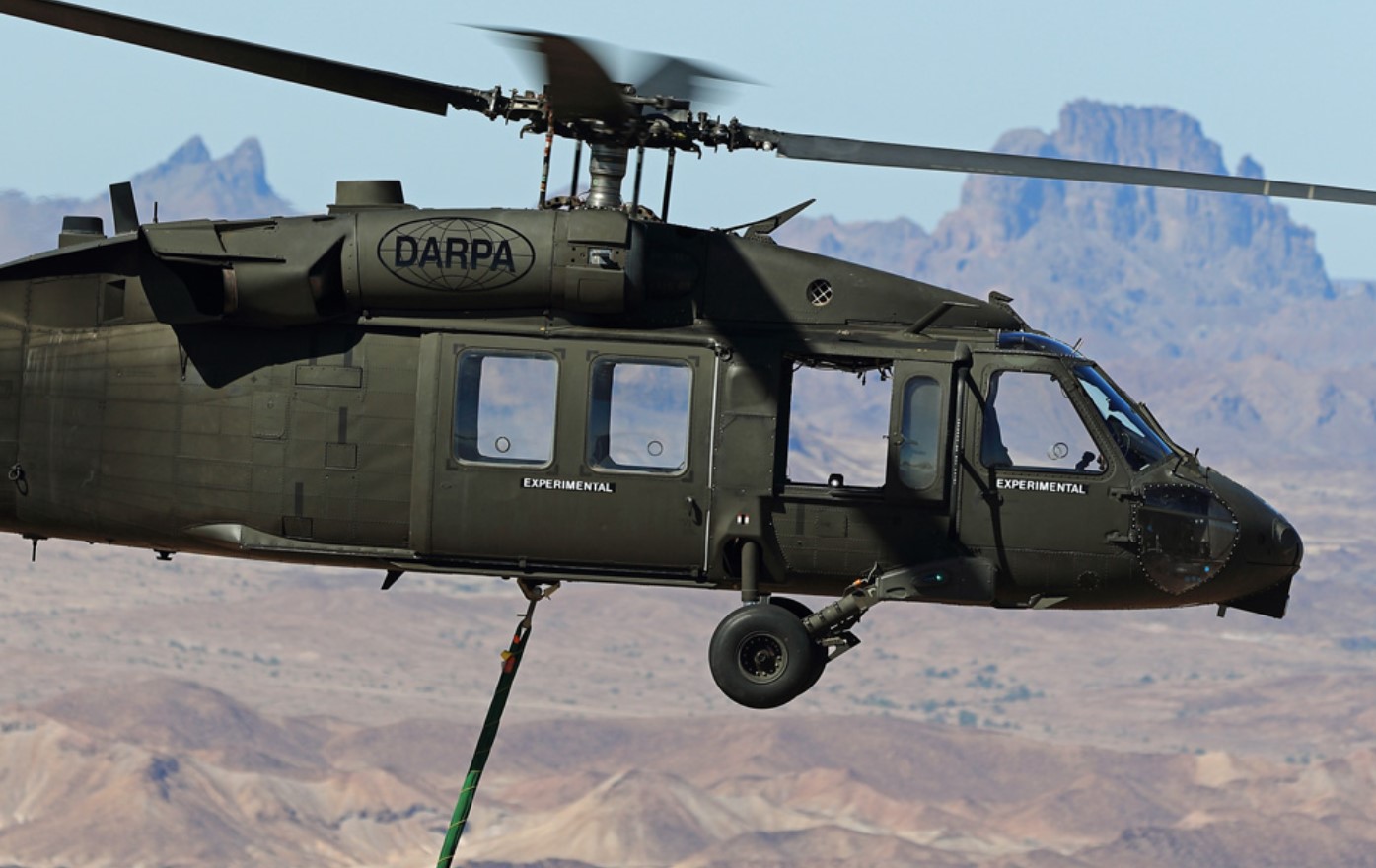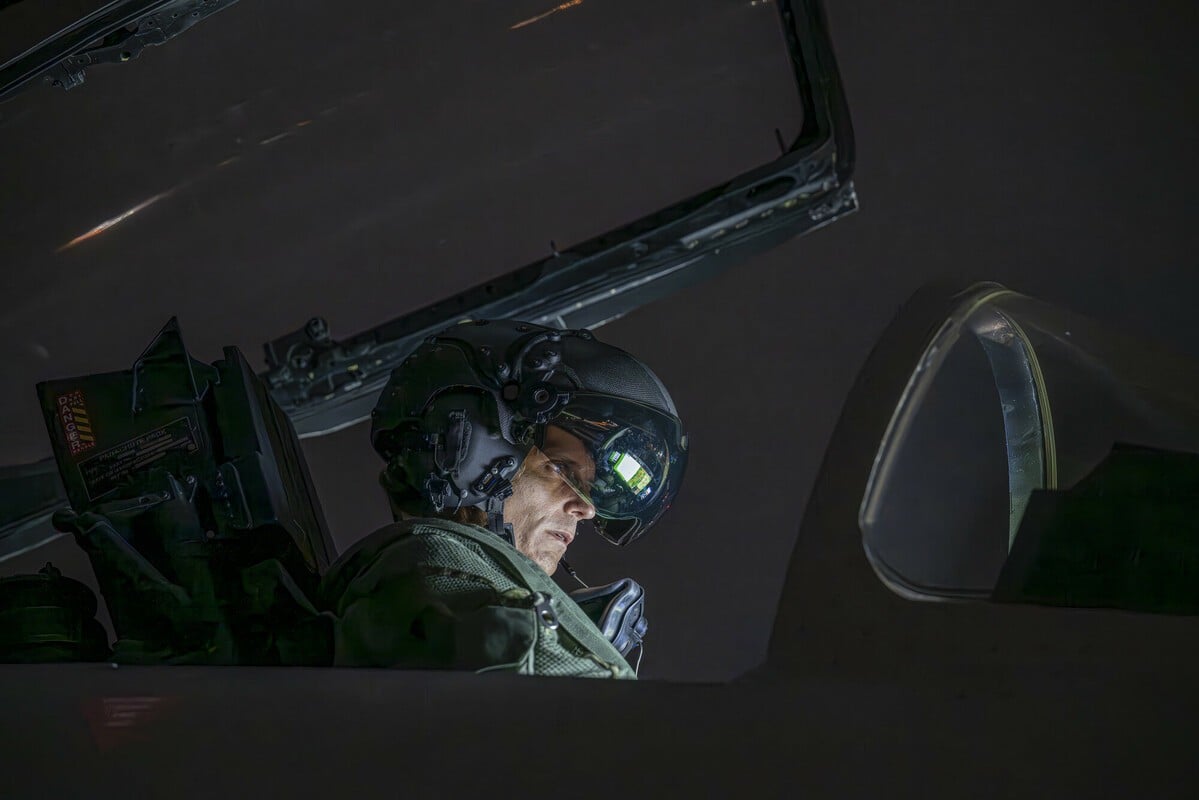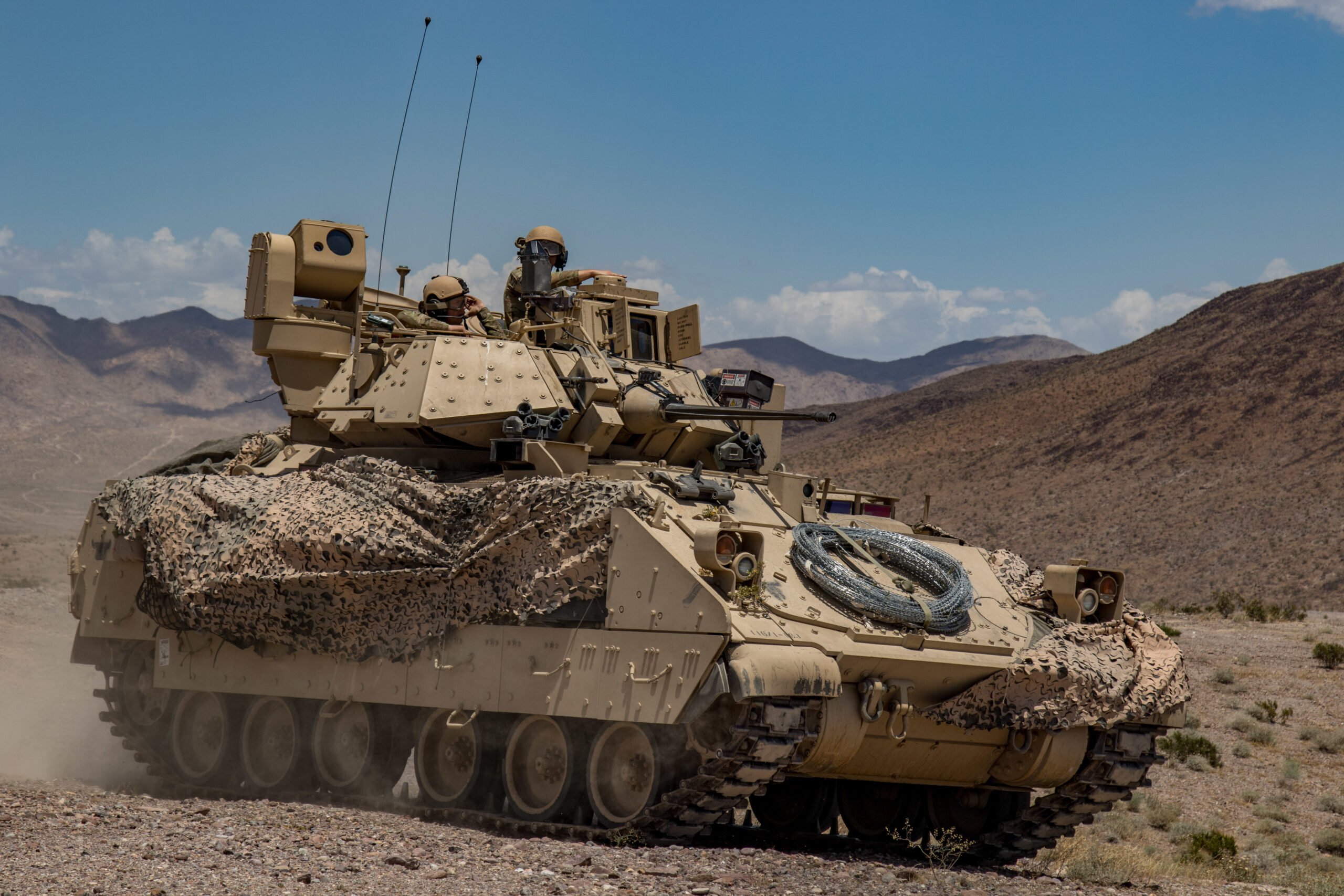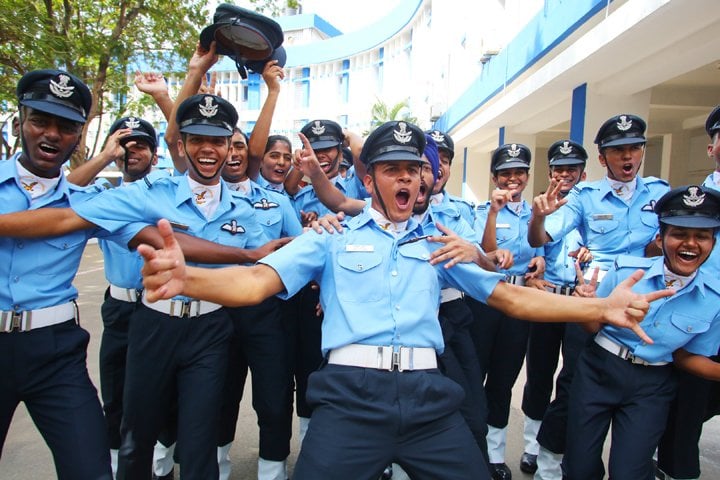The U.S. military has once again halted operations of its V-22 Osprey aircraft following a near-crash incident at Cannon Air Force Base in New Mexico. This decision was made on the recommendation of the Naval Air Systems Command (NAVAIR) and is aimed at prioritizing safety concerns surrounding the aircraft. The emergency landing on November 20 occurred after the Osprey reportedly lost one of its engines. Fortunately, no casualties were reported from this incident.
Preliminary investigations indicated that the near-disaster shared similarities with a tragic event from the previous year off the coast of Japan, where eight U.S. soldiers lost their lives. In the most recent case, the crew received cautionary warnings comparable to those experienced during the Japan incident, but they successfully executed an emergency landing, presumably utilizing lessons learned from the earlier crash.
Investigators found that metal fatigue was the underlying cause of the recent emergency, although it affected a different component of the aircraft than in last year’s incident. Following the recommendation by NAVAIR, a U.S. Navy spokesperson confirmed the grounding of the entire CMV-22B Osprey fleet until all safety issues are thoroughly resolved. The spokesperson emphasized that the safety of the CMV-22B aircrew is paramount, reaffirming the commitment to ensuring that personnel can complete their missions safely.
In addition to the Navy’s actions, the U.S. Marine Corps has announced a 96-hour operational pause for non-essential flight operations. This pause is intended to assess the need for further measures to guarantee safe operational practices going forward.
While both the U.S. Navy and Marine Corps have suspended their Osprey operations, the Air Force Special Operations Command (AFSOC) has chosen to continue restricted flight operations under specific conditions. AFSOC highlighted that this pause provides the necessary time to fully understand the recent event before proceeding with any operations that involve unknown risks.
The New Mexico incident adds to the ongoing challenges faced by the Bell Boeing-manufactured V-22 Ospreys, which have been the subject of various operational concerns over the past years. From March 2022 until November 2023, the fleet has been involved in four fatal crashes, contributing to heightened scrutiny and controversy. The crash off Japan in 2022 intensified discussions after the U.S. Air Force attributed the tragedy to pilot error.
Prior to the recent grounding, the aircraft was still operating but under a limited performance envelope designed to closely monitor its flight capability. Since its introduction into military service three decades ago, the V-22 Osprey has been linked to numerous accidents resulting in over 60 fatalities and nearly 100 injuries, raising ongoing questions about the aircraft’s safety and reliability.

